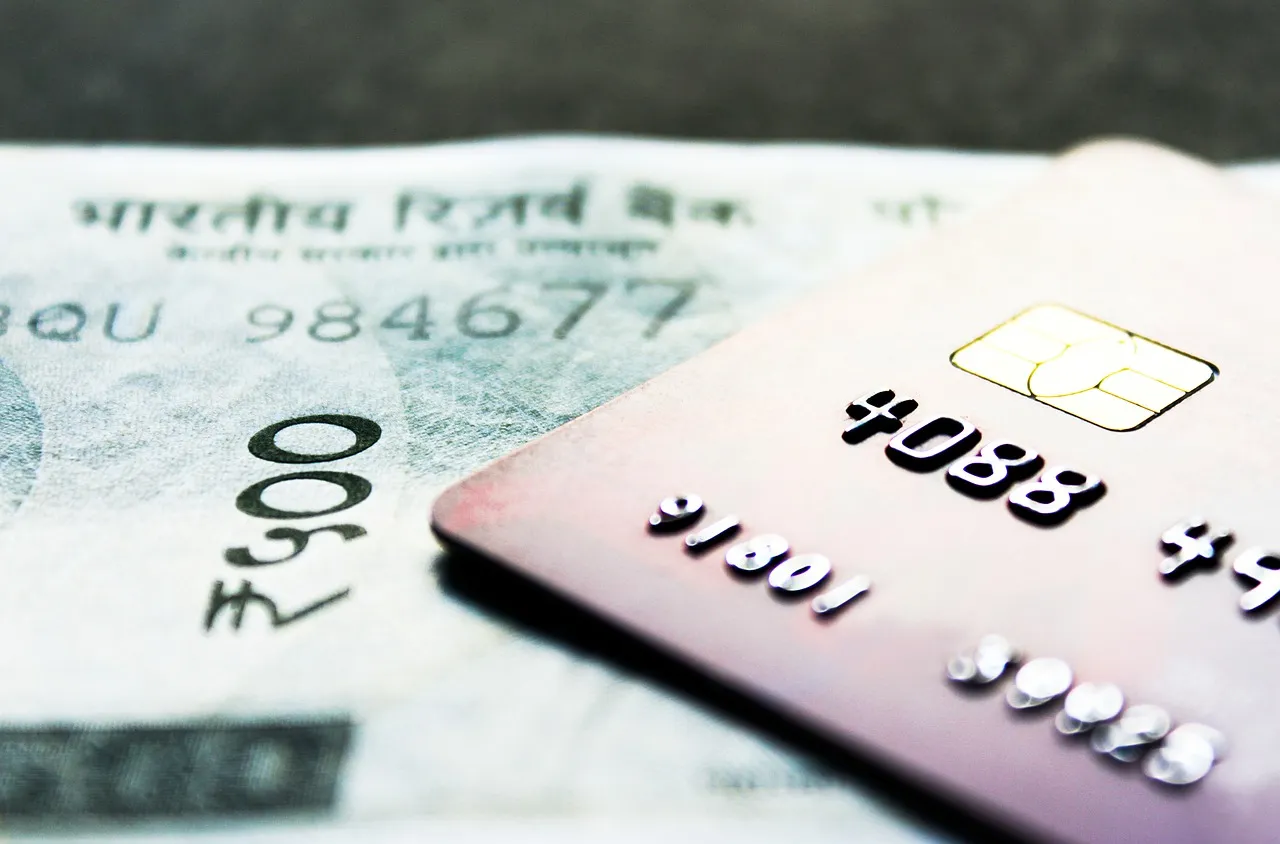-
CENTRES
Progammes & Centres
Location
As we move more towards a cash-flow based system of lending, companies are building their own risk assessment models for borrowers using both payment and non-payment data — including social media profiles, place of employment and phone contacts, and even running background apps — to determine credit worthiness, endangering the privacy of users.

This article is part of the series — What to Expect from 2021.
Cash remains king in India, but COVID-19 has proved a better accelerator for the adoption of digital payments than the 2016 demonetisation, which outlawed 86 percent of cash notes, since people fear contracting the virus through physical notes. By 2030, India expects digital payment transactions worth US$ 856.6 billion. Notwithstanding the upheavals of the COVID-19 pandemic, the 2010s were perhaps the decade for digital payments in India, with the government using such payments to push its financial inclusion agenda. The Jan Dhan Yojana has been instrumental for financial inclusion, with the opening of more than 400 million basic savings bank accounts. The number of debit cards in circulation is now in excess of 860 million and inching closer to India’s much-touted other digital success, 1 billion mobile connections.
The lightly regulated arena of digital wallets also saw a rise this decade as non-bank companies and telecom firms like Airtel and Vodafone entered the sphere. Companies like Paytm, Mobikwik and FreeCharge entered the space by initially executing mobile recharges and later serving as payment gateways and e-commerce retailers, and finally pushing for offline merchants through QR codes.
Notwithstanding the upheavals of the COVID-19 pandemic, the 2010s were perhaps the decade for digital payments in India, with the government using such payments to push its financial inclusion agenda.
Through the National Payments Corporation of India (NPCI), banks have made strides in advancing retail payments with systems like RuPay cards, Unified Payments Interface (UPI), Immediate Payment System and Bharat Bill Payment System. The NPCI was also a key peg in the Jan Dhan bank accounts-Aadhaar-Mobile trinity strategy to deliver government subsidies to low-income households. But this strategy has seen many misfires and mistakes, such as with the Airtel Payments Bank, where bank accounts were opened without the explicit permission of telecom subscribers and LPG subsidies were diverted to them.
The actions of the NPCI can be scrutinised from a competition perspective. To tilt the scales in favour of banks, wallets were kept away from UPI as they “needed time to catch up.” Moreover, the Reserve Bank of India (RBI) changed the rules for wallets and mandated stricter know-your-customer norms to access the UPI system. International card services like Mastercard have accused the government of favouring RuPay. The RuPay and the UPI networks are exempted from charging merchants processing fees on order from the finance ministry. Payment companies say this hampers their ability to bring more merchants.
The UPI ecosystem has seen tech giants like Google, Facebook and Amazon vying for a market share. The number of UPI transactions is rising, but they are fueled by unsustainable cashbacks.
Meanwhile, the UPI ecosystem has seen tech giants like Google, Facebook and Amazon vying for a market share. The number of UPI transactions is rising, but they are fueled by unsustainable cashbacks. These developments combined have led to the number of UPI transactions exceeding the number of card transactions in the country. Withdrawing cashbacks will see a fall in transaction numbers. Government-backed BHIM and Paytm saw their market share fall in the number of transactions after they scaled back their promotions. Banks, being unable to charge for transactions, will see no incentive in maintaining their infrastructure. While cashbacks are a great way of incentivising users to use the UPI, more effort needs to be made to bring merchants on board.
Meanwhile, it has become clear that the global rise of digital payments was not just about transferring money by offering low transaction costs. Instead, data trails or information by-products have become more valuable.
Armed with the payment data of users, lending institutions and banks are moving to a cash-flow based system of credit rather than an asset-backed system. The RBI is now building a Public Credit Registry to aggregate payment and credit information of individual and business borrowers. This can be seen with initiatives like finalising the account aggregator guidelines and the insistence that payment data be localised in India with the RBI have “unfettered” access to it.
Regulators need to urgently revisit banking secrecy and privacy laws and keep abreast of the developments in the Data Protection Bill.
As we move more towards a cash-flow based system of lending, companies are building their own risk assessment models for borrowers using both payment and non-payment data, including social media profiles, place of employment and phone contacts, and even running background apps to determine credit worthiness, endangering the privacy of users. Many companies employ aggressive methods of recovery, including name-and-shame tactics for defaulters and contacting friends and family of the borrower. Regulators need to urgently revisit banking secrecy and privacy laws and keep abreast of the developments in the Data Protection Bill.
Digital lending companies in India typically offer short term unsecured loans at high interest rates (often more than credit card rates), but there is fear that the situation could mutate into one like the US payday loan crisis. It would be wise for regulators to see how these companies structure their products and ensure that borrowers are not subject to predatory lending practices. A good place for the RBI to make an assessment is through the regulatory sandbox and framing appropriate guidelines for the orderly growth of the sector.
With many losing jobs due to the COVID-19 pandemic, the ability to repay loans has been curtailed. Retail loans (which include loans from digital lending apps) are set to soar in the coming months and may add more woes to an already stressed economy. It is thus crucial that the digital lending story in India plays well in 2021.
The views expressed above belong to the author(s). ORF research and analyses now available on Telegram! Click here to access our curated content — blogs, longforms and interviews.

Shashidhar K J was a Visiting Fellow at the Observer Research Foundation. He works on the broad themes of technology and financial technology. His key ...
Read More +